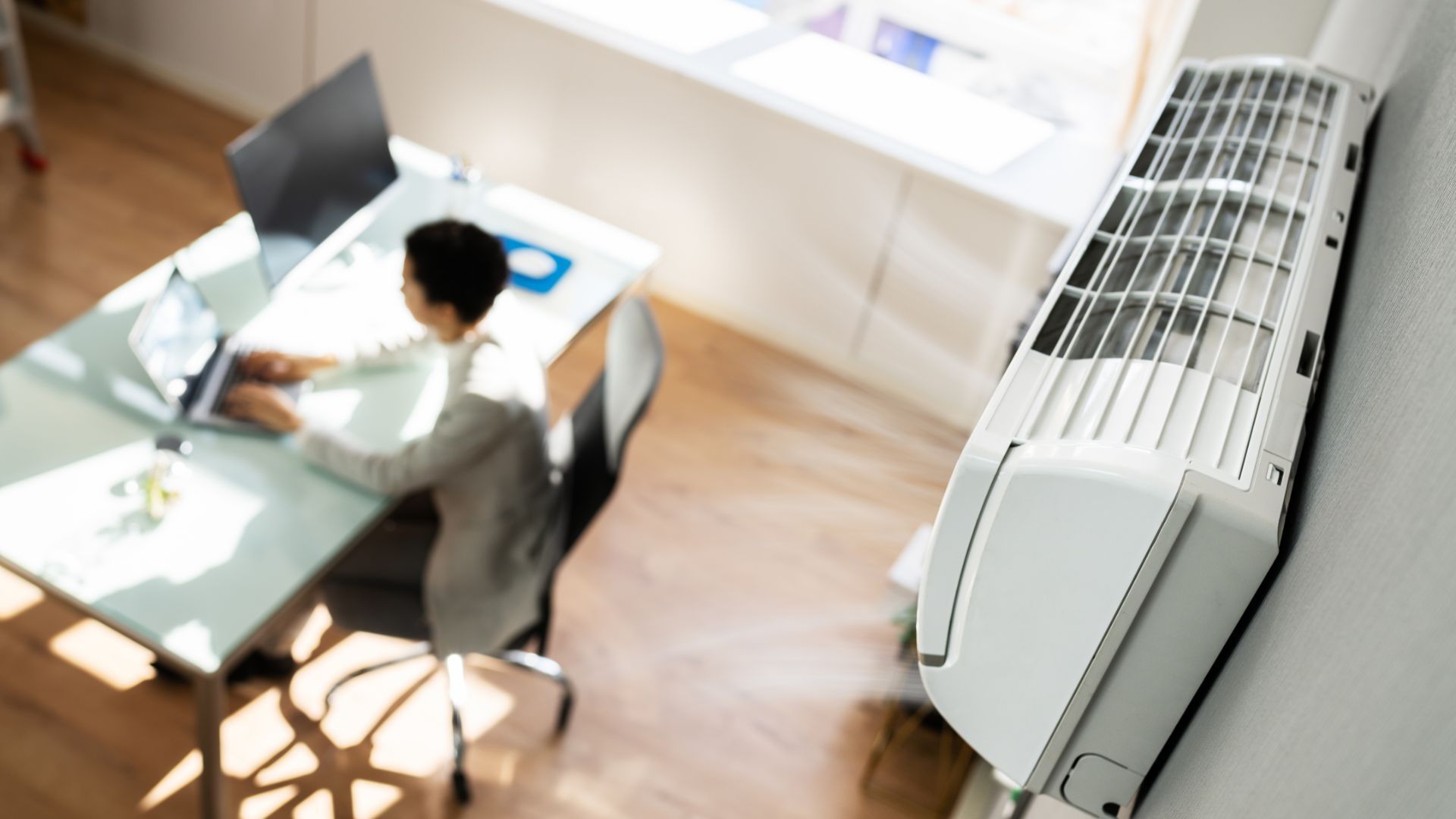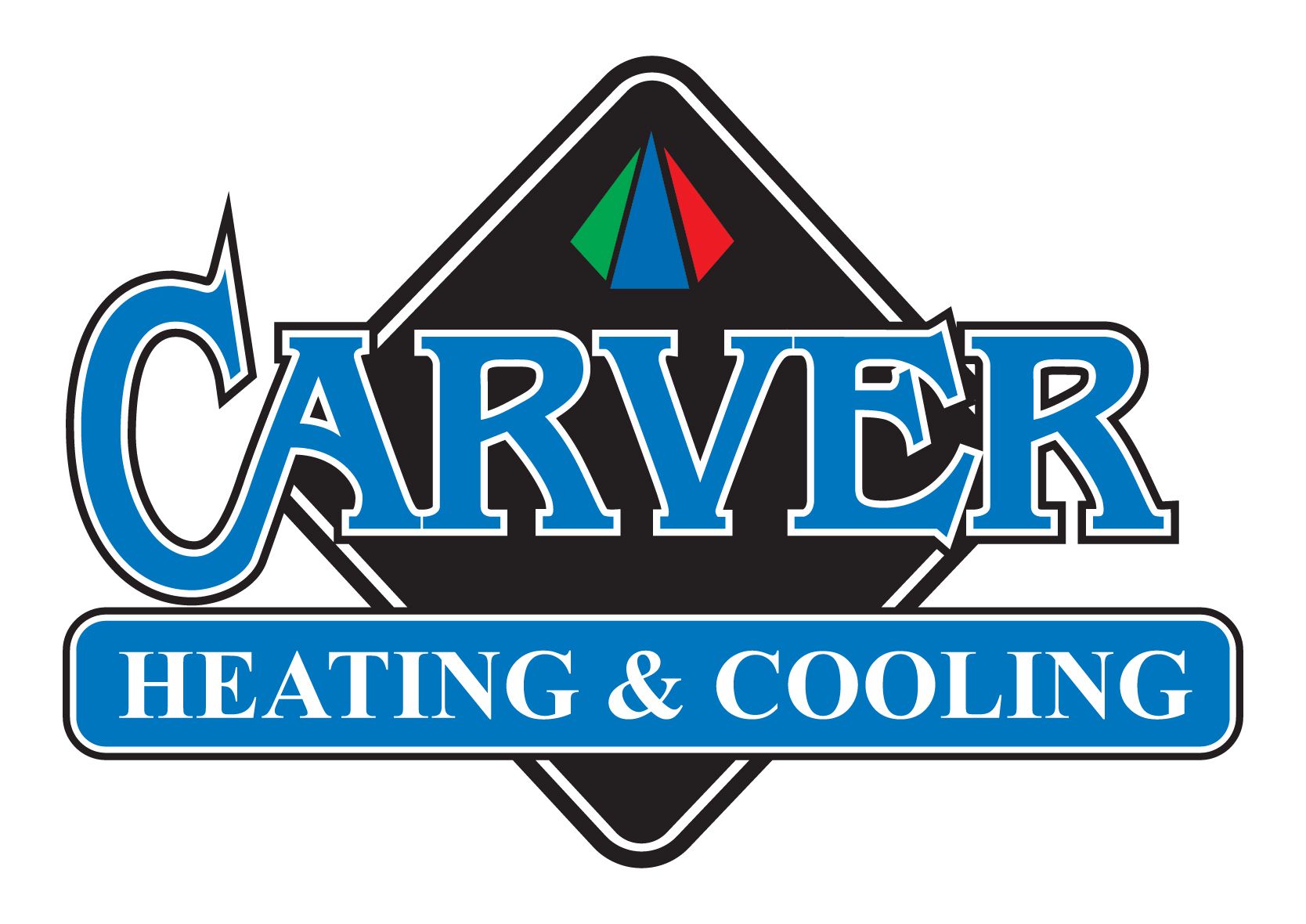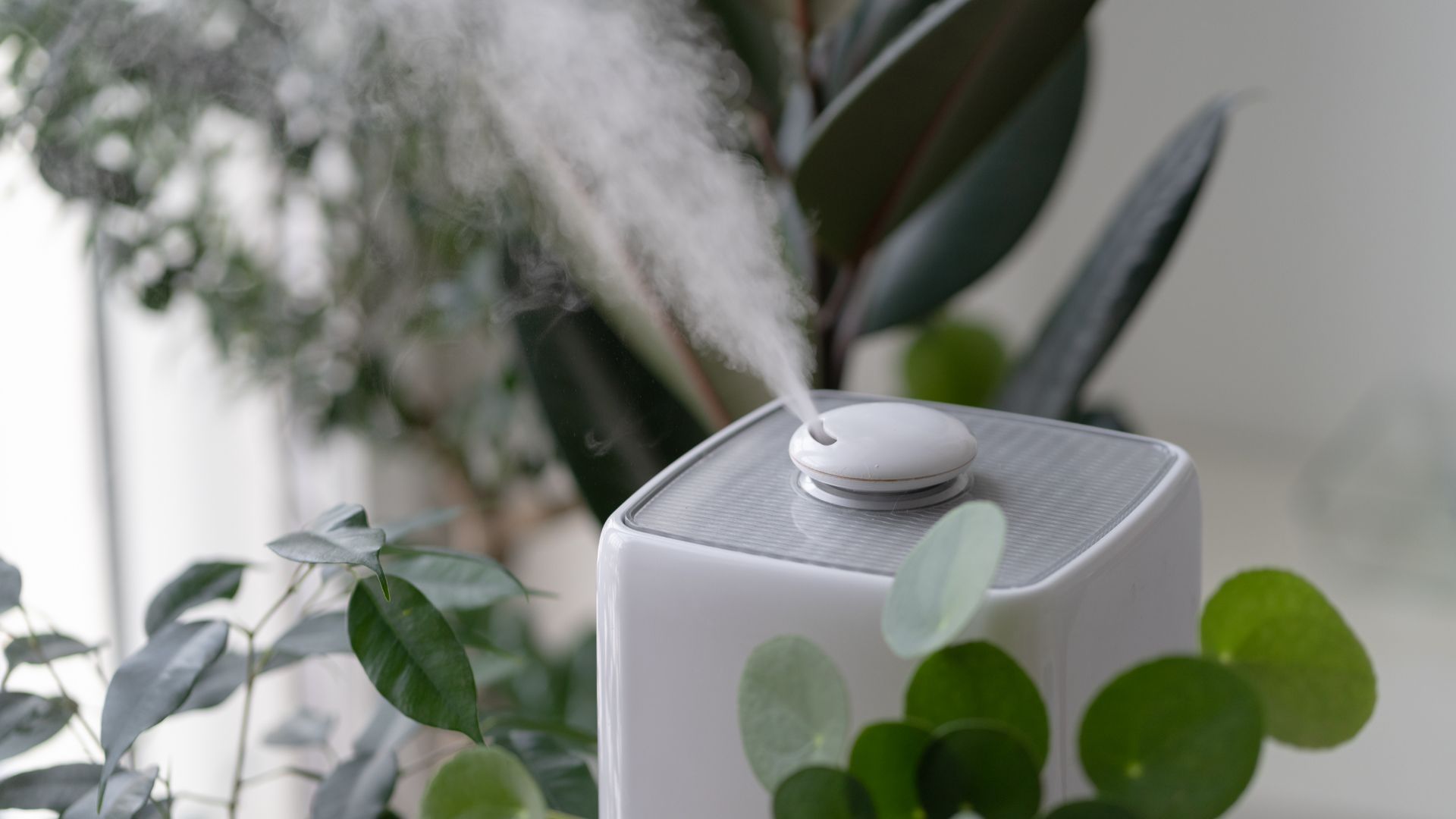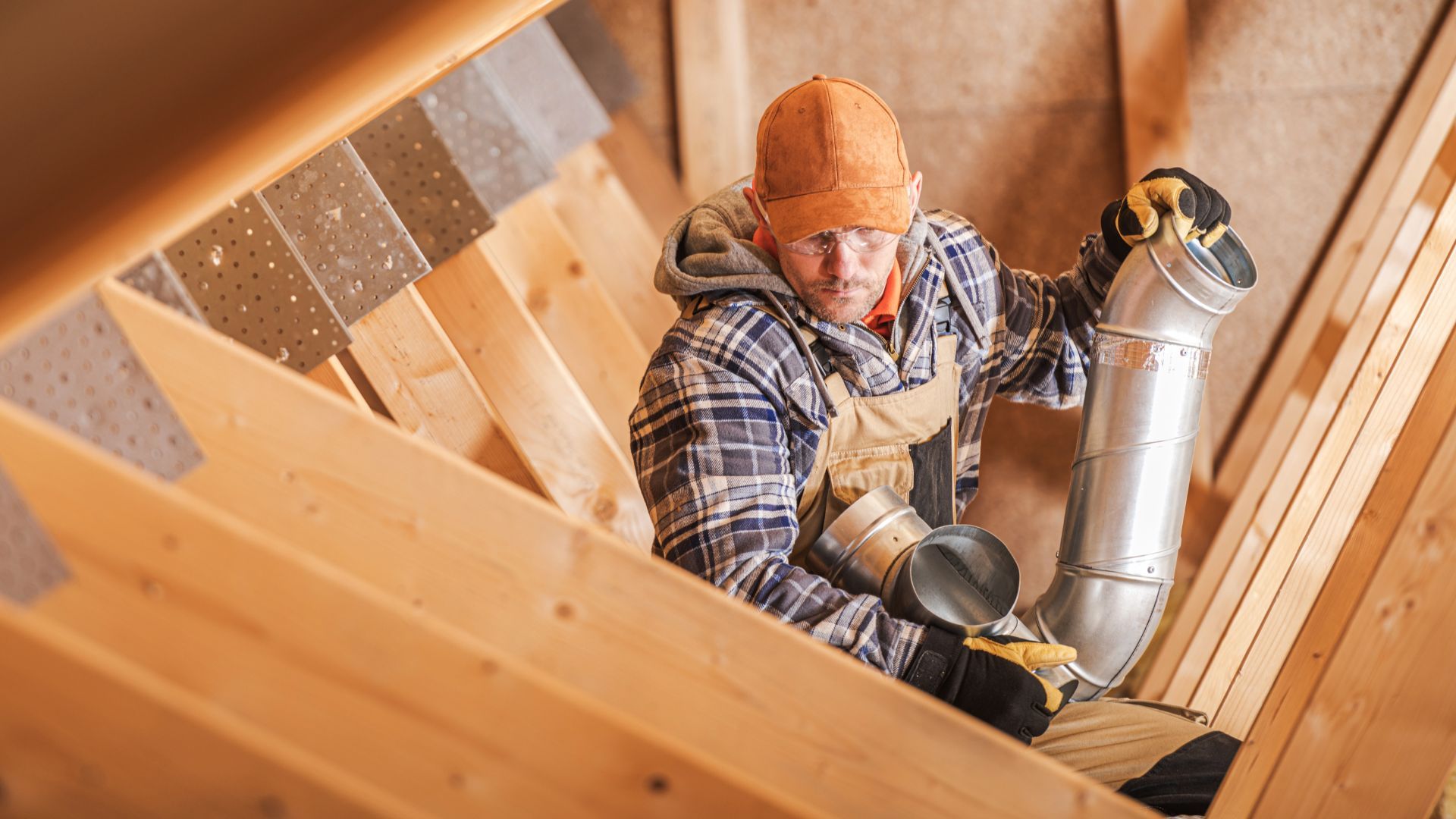The Importance of Proper HVAC Ventilation System in Buildings
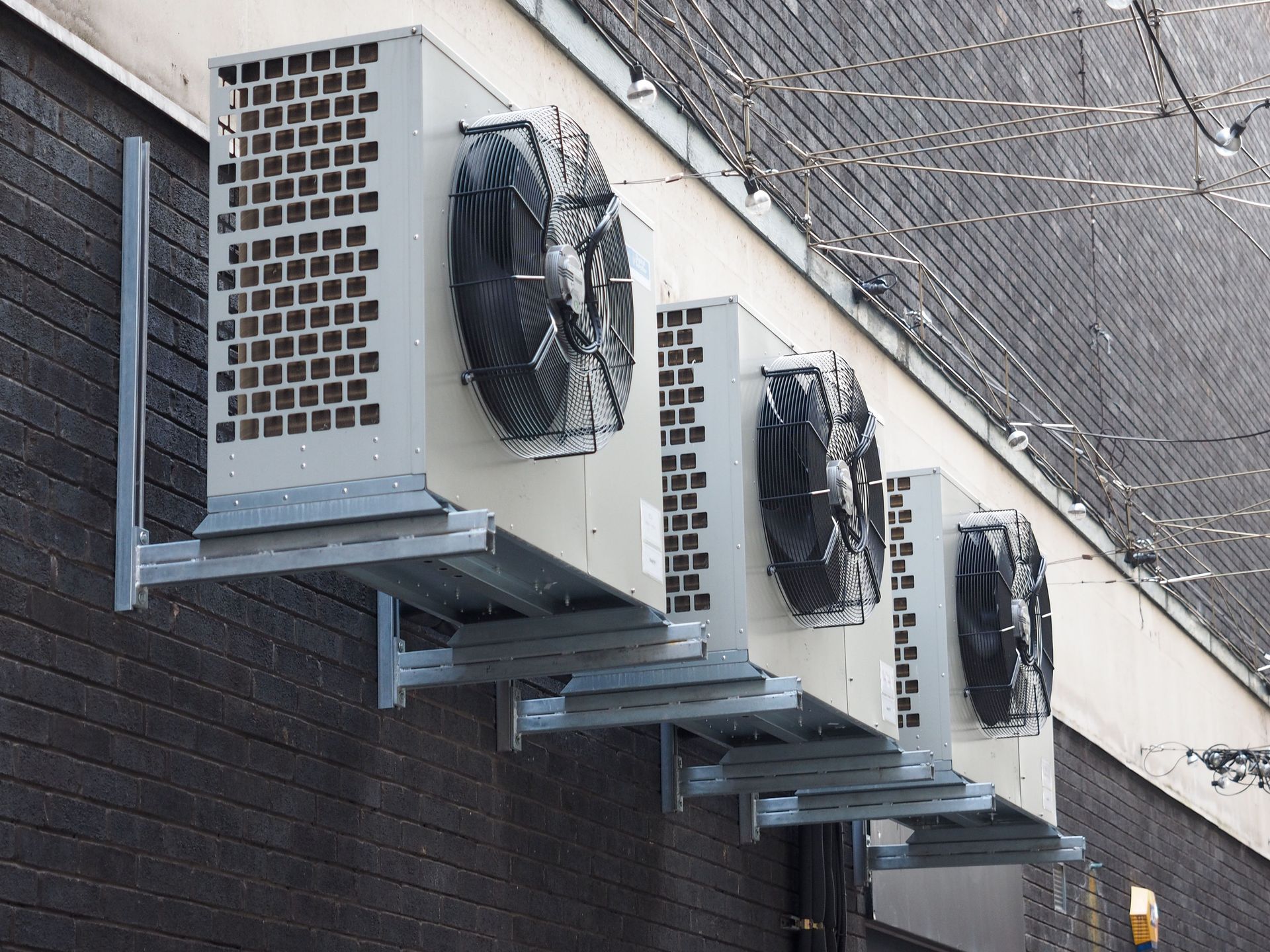
Heating, ventilation, and air conditioning (HVAC) systems play a crucial role in maintaining indoor air quality and comfort in buildings. However, many building owners and managers may not fully understand the importance of proper HVAC ventilation in ensuring the health and safety of building occupants, as well as the longevity of the building itself.
In this article, we will discuss the importance of proper HVAC ventilation in buildings, including its impact on indoor air quality, building health and safety, and economic considerations.
The Role of HVAC Ventilation in Indoor Air Quality
HVAC (Heating, ventilation, and Air Conditioning) systems are a vital component of any building. These systems work to keep the air inside the building fresh and healthy. One of the most important functions of an HVAC system is ventilation.
Ventilation is the process of bringing in fresh outdoor air and removing stale indoor air. This is essential for maintaining good indoor air quality, as it helps to keep the air inside the building clean and free of pollutants.
When it comes to pollutants, there are a lot of things to be aware of. Some of the most common pollutants in buildings include volatile organic compounds (VOCs), carbon monoxide, and mold spores. VOCs are chemicals that are released from certain materials and can have negative effects on the health of building occupants.
Carbon monoxide is a toxic gas that can be produced by appliances that burn fuel. Mold spores are tiny particles that can grow into mold when they find the right conditions. All of these pollutants can have negative effects on the health of building occupants if they build up inside the building.
Proper HVAC ventilation is essential for removing these pollutants from the building and keeping the indoor air quality high. In addition to removing pollutants, proper HVAC ventilation also helps to maintain a consistent temperature and humidity level inside the building.
This is important because mold and mildew need certain conditions to grow, and if the temperature and humidity inside the building are too high, mold and mildew will be able to grow. By maintaining a consistent temperature and humidity level, proper HVAC ventilation can help to prevent the growth of mold and mildew inside the building.
The Impact of HVAC Ventilation on Building Health and Safety
Proper HVAC ventilation is not only important for maintaining indoor air quality, but also for ensuring the health and safety of building occupants. Poor ventilation can lead to a buildup of carbon monoxide and other pollutants, which can be dangerous in high concentrations. In addition, proper ventilation is essential for fire safety, as it helps to remove smoke and toxic gasses in the event of a fire.
Regular HVAC ventilation system inspections are crucial for ensuring that the system is functioning properly and that there are no potential safety hazards. This includes checking for proper ventilation, as well as ensuring that all components, such as ductwork, are in good condition and free of any leaks or other issues.
The Economic Impact of Proper HVAC Ventilation
Proper HVAC ventilation not only benefits the health and safety of building occupants, but it can also have a positive impact on the bottom line. Energy-efficient HVAC ventilation systems can help to reduce energy costs by using less energy to heat and cool the building. Proper ventilation can also reduce the need for building maintenance, as it helps to prevent mold and mildew growth, which can cause damage to the building over time.
In addition to the cost savings, proper HVAC ventilation can also help to reduce liability in the event of indoor air quality issues. Building owners and managers have a responsibility to provide safe and healthy indoor air for their occupants, and failure to do so can result in legal action.
Best Practices for HVAC Ventilation in Buildings
Proper HVAC ventilation starts with the design and installation of the system. This includes selecting the appropriate size and type of system for the building and ensuring that it is installed correctly. Regular maintenance and upkeep are also essential for ensuring that the system continues to function properly and maintains good indoor air quality.
Strategies for improving indoor air quality in buildings include:
- Regularly cleaning and replacing HVAC filters
- Sealing ductwork to prevent leaks
- Using air purifiers or other air-cleaning devices
- Using low-VOC paint and other building materials
Conclusion
Proper HVAC ventilation is essential for maintaining good indoor air quality, ensuring the health and safety of building occupants, and prolonging the longevity of the building. Building owners and managers have a responsibility to prioritize HVAC ventilation system maintenance and upgrades to ensure that their buildings provide safe and healthy indoor air for their occupants.
Regular maintenance, such as cleaning and replacing filters, and performing regular inspections, is crucial for ensuring that the HVAC ventilation system continues to function properly. Building owners and managers should also be aware of the potential cost savings and liability reduction that can come with proper HVAC ventilation.
Looking to own an HVAC ventilation for your home or business in London. Ontario? Well, we got you covered! Visit us today and find great deals and equipment for your HVAC needs!
